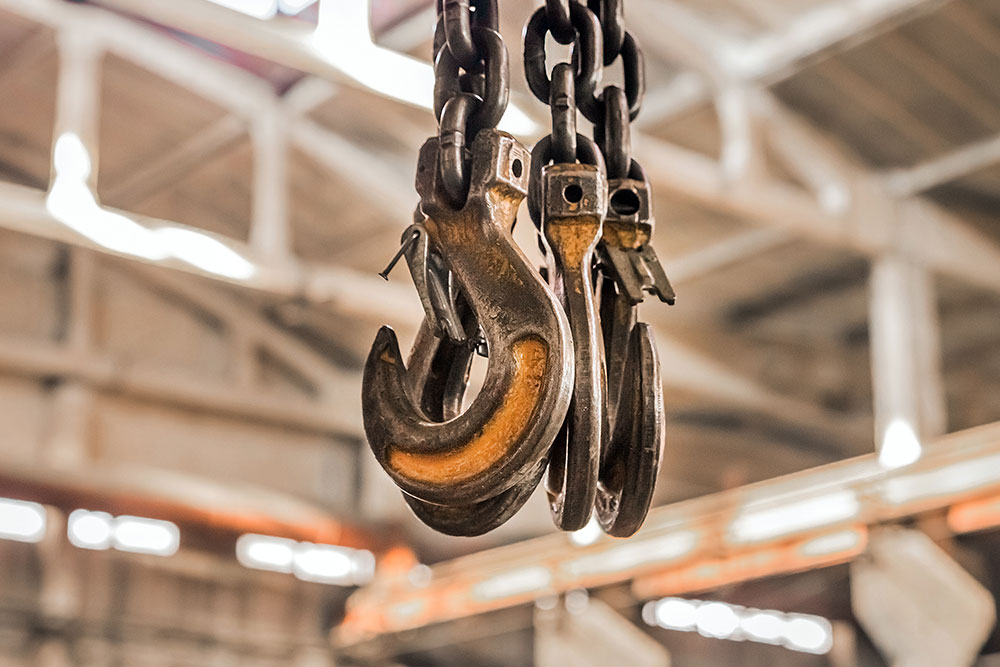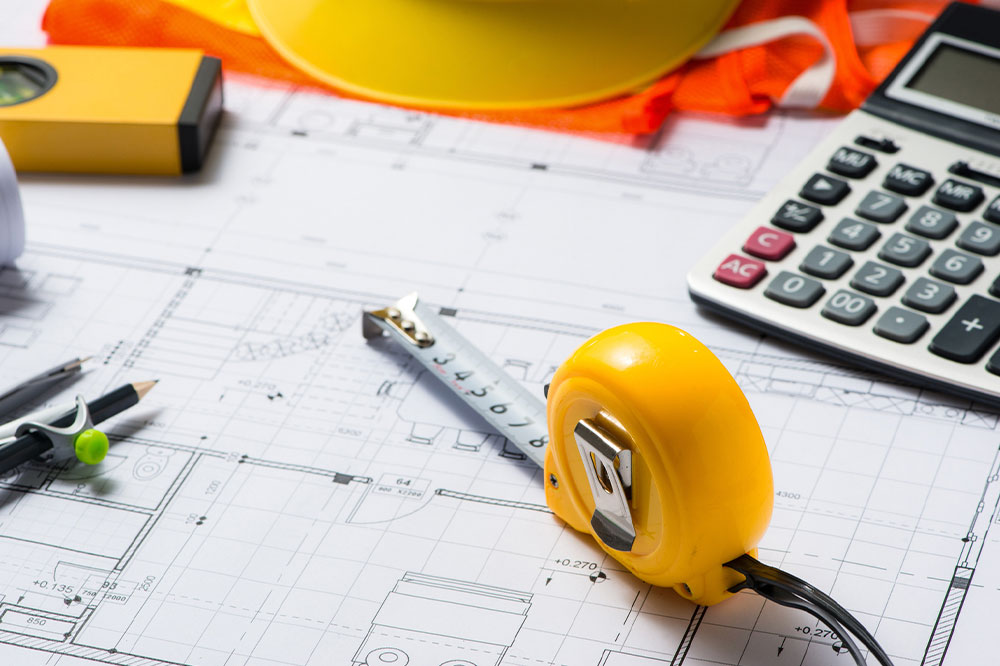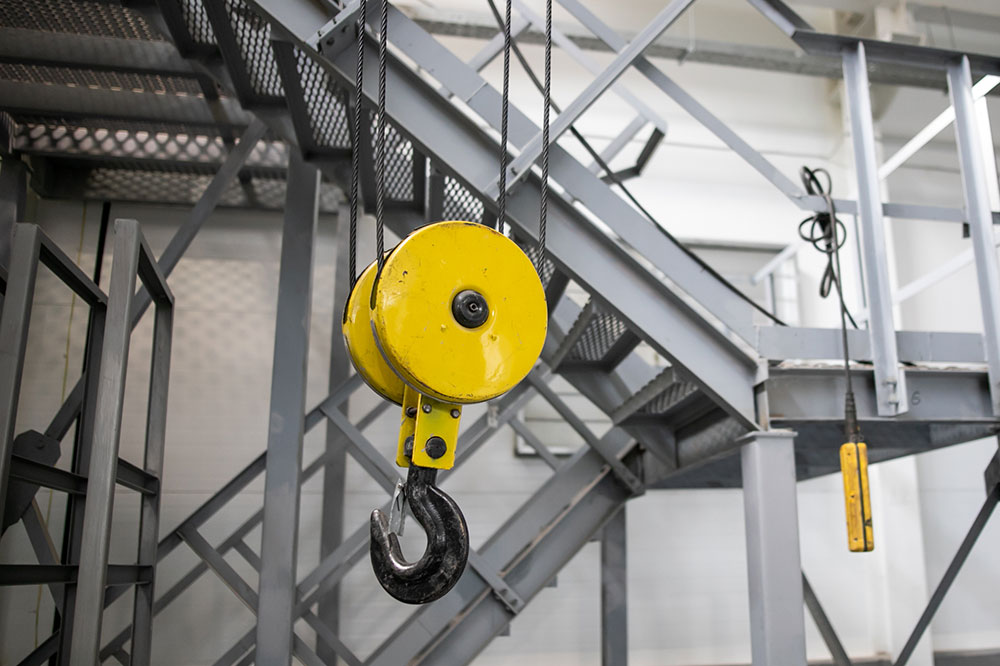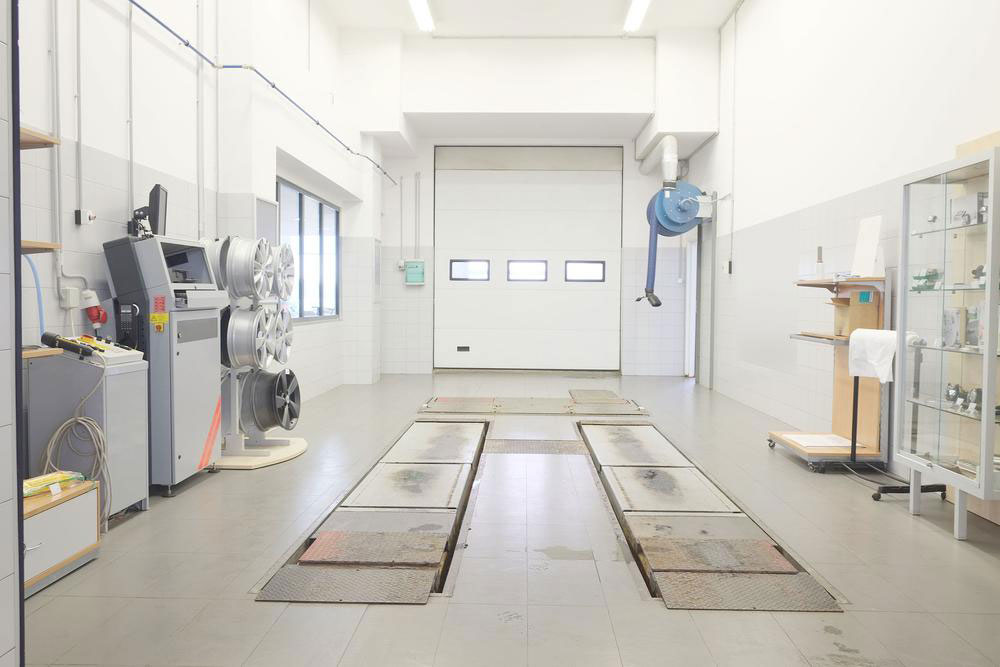Comprehensive Guide to Warehouse Cranes: Types, Features, and Cost Considerations
This comprehensive guide explores the various types of warehouse cranes, their specific applications, and key cost factors. It provides valuable insights for warehouse managers and industrial engineers to select the most suitable crane systems to optimize operational efficiency, safety, and cost-effectiveness in storage and logistics environments.

In-Depth Overview of Warehouse Cranes: Varieties, Applications, and Cost Factors
Warehouse cranes are indispensable equipment in modern industrial operations, playing a crucial role in the efficient movement and handling of heavy materials. These powerful lifting devices are commonly used across a wide range of sectors, including manufacturing, logistics, distribution centers, and storage facilities. Their primary function is to facilitate the lifting, moving, and placement of bulky items such as pallets, crates, and large boxes, especially when these items need to be stored at elevated heights or transported across vast warehouse spaces. By automating and streamlining these processes, warehouse cranes significantly enhance operational efficiency, reduce manual labor, and improve safety standards.
Design flexibility is a key feature of warehouse cranes. They are engineered with various mechanisms—such as ropes, chains, and hoists—each suited to different types of loads and operational environments. Depending on the specific needs of a warehouse, cranes can be custom-built or selected from standard models to match the required load capacity, reach, and precision. Load capacities of warehouse cranes vary widely, typically ranging from as low as 115 kilograms (about 250 pounds) to over 6,800 kilograms (around 15,000 pounds). Large-scale warehouses that handle substantial quantities of heavy goods often rely on high-capacity cranes, while smaller facilities might prefer lighter, more maneuverable options.
An effective warehouse operation often involves deploying multiple cranes working in harmony. This multi-crane setup enhances productivity and ensures smooth workflows by providing continuous lifting and movement capacity. Proper crane selection, maintenance, and placement are critical for maximizing safety and operational efficiency.
Types of Warehouse Cranes and Their Specialized Uses
Warehouse cranes are categorized into several main types, each designed for specific tasks and operational settings. Understanding these types helps facility managers and engineers select the most appropriate crane system to meet their operational demands:
Gantry Cranes: Also known as portal cranes, gantry cranes are highly versatile and mobile structures that operate independently or can be mounted on fixed rails. They are suitable for lighter loads and are often used for transferring materials across different areas within a warehouse. Variants include adjustable gantry cranes, portable models, and track-mounted options. These cranes are ideal for tasks like relocating crates or pallets along aisles or accessing hard-to-reach areas without extensive structural modifications.
Jib Cranes: Positioned either on the floor or mounted on walls or columns, jib cranes are perfect for tasks requiring short-distance lifting. They feature a horizontal arm (jib or boom) that can rotate up to 360 degrees, offering excellent maneuverability in confined spaces. Jib cranes are cost-effective and easy to operate, making them popular for small to medium load handling, especially in assembly lines or maintenance areas.
Bridge Cranes: Often regarded as the backbone of large warehouses and manufacturing facilities, bridge cranes are installed with custom-designed runways spanning significant sections of a facility. They are capable of handling very heavy loads and are used for lifting and moving large items over wide spans. Bridge cranes come in various configurations, including top-running, under-running, single girder, and double girder designs, allowing for flexibility depending on height restrictions and load requirements. Their mobility along the length of the warehouse allows for comprehensive coverage and high throughput.
Workstation Cranes: Designed with ergonomic considerations, workstation cranes are lightweight and tailored for small spaces. They are ideal for repetitive lifting tasks and enhance worker productivity by reducing physical strain. These cranes are typically mounted directly within work areas, providing quick access and efficient handling for tasks like assembly or packaging.
Monorail Cranes: These cranes operate along a fixed track system, often following curved paths or linear routes within a warehouse or factory environment. Monorail cranes are suited for precise material handling in assembly lines or production areas, allowing for smooth, controlled movement of loads over specific routes. Their design ensures minimal interference with other operations and optimizes space utilization.
Key Factors Influencing Warehouse Crane Costs
The cost of warehouse cranes is influenced by a complex interplay of design features, capacity, and operational requirements. When evaluating potential crane systems, it’s important to consider how various factors impact the total investment and long-term value. Larger, more sophisticated cranes tend to be more expensive, reflecting their higher load capacities and advanced features. For instance, a simple jib crane with a moderate load capacity will generally cost less than a large, double-girder bridge crane capable of lifting thousands of kilograms.
Some of the primary cost determinants include the crane’s lifting height, span length, and maximum load capacity. The higher the required lift or the larger the span, the greater the structural and material costs. Additionally, installation complexity plays a significant role—more intricate setups demand specialized engineering, foundation work, and integration with existing warehouse infrastructure, driving up expenses. Environmental conditions, such as outdoor exposure or harsh industrial environments, may necessitate additional protective features, further increasing costs.
Operational speed and duty cycle are also important considerations. Cranes designed for continuous heavy-duty use are typically more robust and, consequently, more costly but offer greater reliability and lifespan. Maintenance requirements, safety features, and technological enhancements (like automation and remote control capabilities) add to the overall price but can offer substantial long-term benefits in productivity and safety.
To optimize costs, warehouse managers should conduct a thorough assessment of their operational needs, including load profiles, space constraints, and future growth plans. Consulting with reputable crane manufacturers and service providers ensures the selection of a system that balances upfront expenditures with operational efficiency and safety benefits.
— whether for small-scale storage facilities or large industrial complexes, understanding the diverse options and cost factors associated with warehouse cranes allows facility managers to make informed decisions that enhance productivity and safety.



